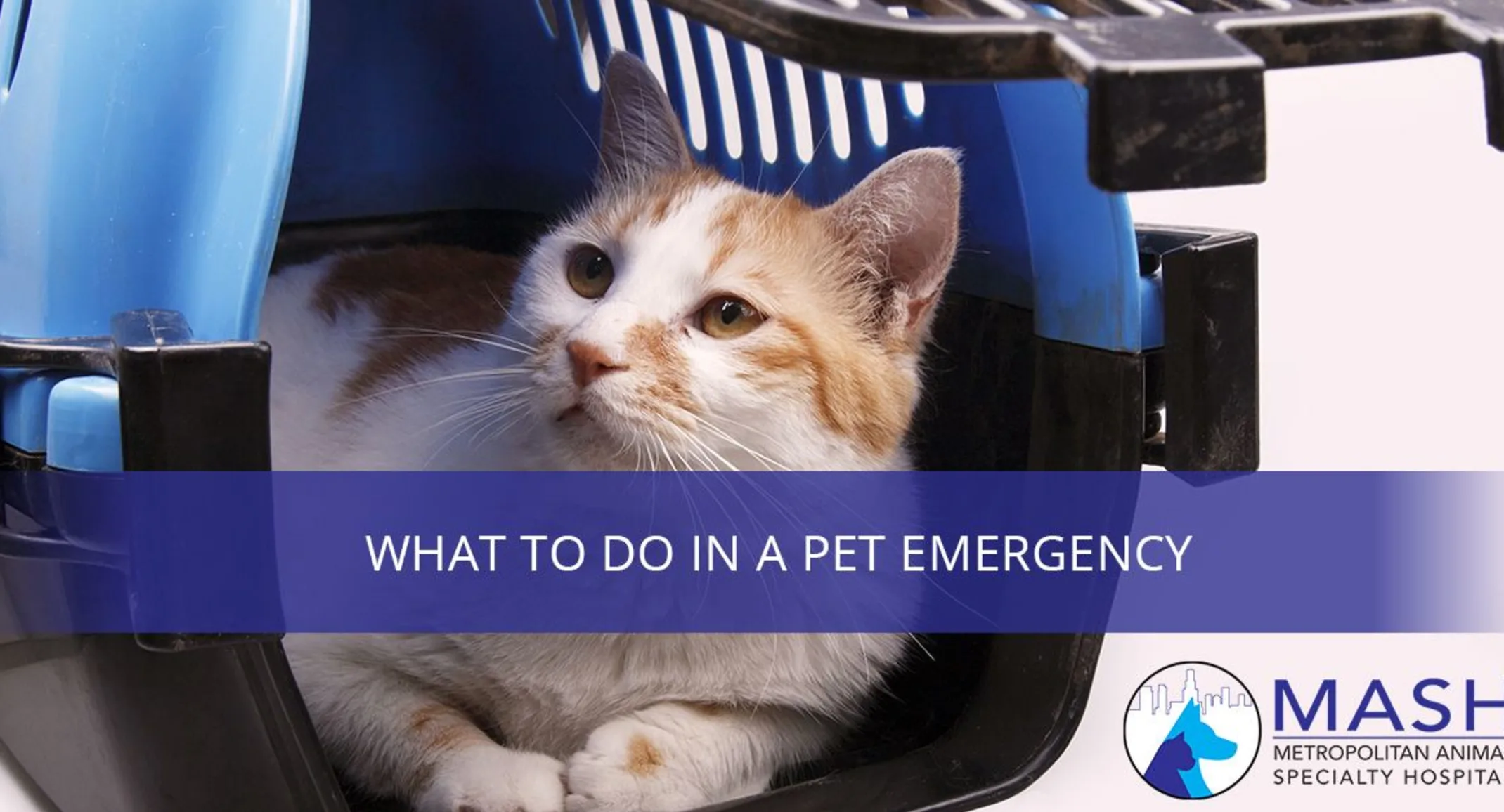Finding 24-Hour Emergency Care For Your Pet
This is first on the list, and really, you should do this far in advance of an emergency. The last thing you want to be dealing with is a frantic search for an emergency care facility that is close by and open. Ask your current veterinarian if their office provides 24-Hour service, as it can help avoid stressing your animal out when they are with someone they are familiar with. Metropolitan Animal Specialty Hospital is a 24-Hour emergency care facility prepared to handle issues no matter the time of day. Keep the name, phone number, and address of the emergency clinic near you in a prominent place so it is easy to find in an emergency.
Symptoms That May Need Emergency Care
While many emergencies are big events like an accident or fall, there are other, possibly subtle symptoms to be on the lookout for to keep your pet safe. Those signs and symptoms are:
Pale gums
Escalated, rapid breathing
Weak or rapid pulse
Change in body temperature
Issues standing up properly
Apparent paralysis
Loss of consciousness
Seizures
Excessive bleeding
How To Approach Your Pet
When an animal is injured or feeling unwell, they can lash out, even against their pet parents. It’s important you take precautions to keep yourself safe in this situation, as well.
Dogs: Approach slowly and calmly; kneel down near them and say their name. If they show unusual levels of aggression, it is best to call for help. However, if they remain calm, put together a makeshift stretcher to gently move them with. Ensure their neck and back are properly supported in case of any spinal injury.
Cats: Calmly and gently place a blanket or towel over their head to prevent getting bit. Slowly lift the cat into an open-topped carrier or box. Ensure their neck is properly supported in case there was an injury to their spine.
Once you feel comfortable that your pet will be safe as you travel, immediately take them to the emergency care facility you have chosen. It’s recommended you have a friend or family member contact the clinic while you are on the way so they are prepared for your arrival. This will also allow you to focus on getting there safely without the worry of making a phone call on the road.
First Aid Treatments
While most emergencies call for immediate veterinary assistance, there are some first aid treatments that you can employ to make the trip to the emergency care facility easier.
External bleeding due to trauma – elevate and apply pressure to the wound.
Choking – attempt to remove the blockage with your fingers.
Unable to remove object making them choke – utilize a modified Heimlich maneuver, with a sharp rap on their chest, which should help get the object loose.

